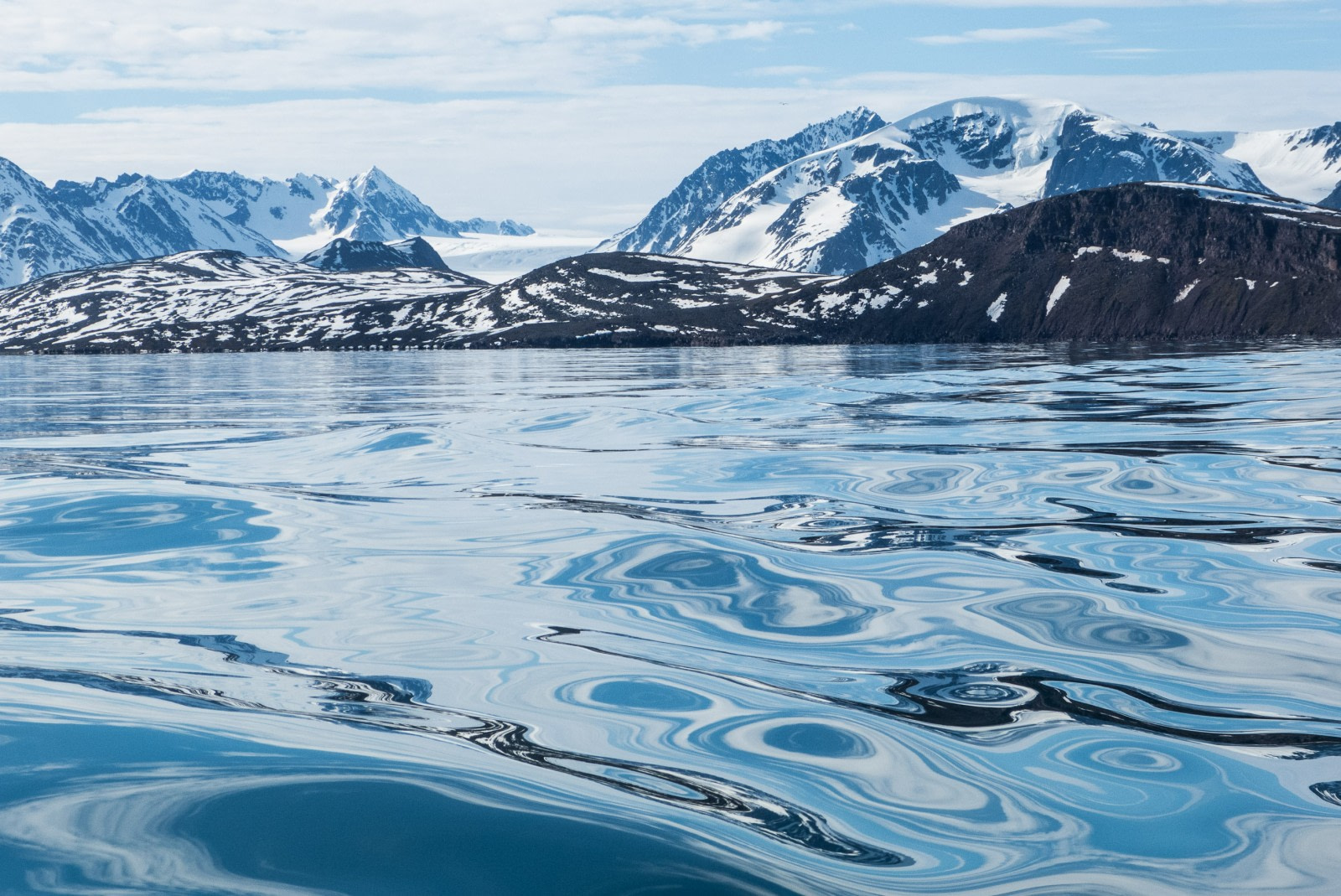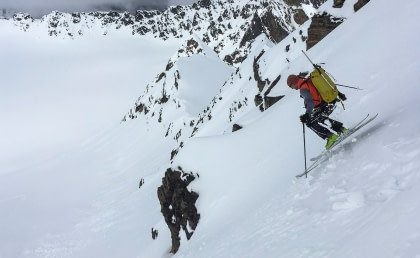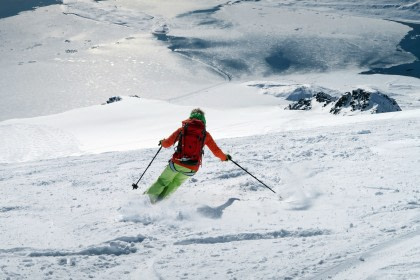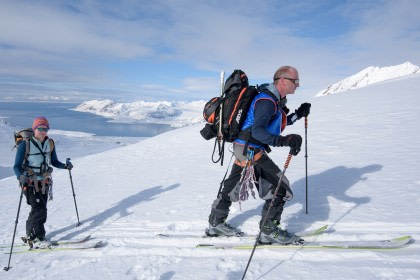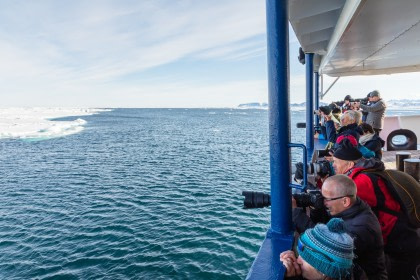Freshwater ecosystems in the Arctic
The Arctic, which may be of a surprise, is home to an abundant and diverse range of freshwater ecosystems including lakes, ponds, rivers and streams in addition to deltas and wetlands. Some of the rivers and associated deltas located in the Arctic are the world’s largest including the Lena, Ob and Yenisei.
The region is also home to some of the largest and deepest lakes on the planet including the Great Bear Lake, Great Slave Lake and Lake Taymyr. These freshwater bodies receive their waters from permanent and intermittent rivers and streams that drain mountains, highlands and glaciated areas.
One fact that stands out is that in some parts of the Arctic these freshwater systems can cover up to 80 percent or more of the total land area. Despite the abundance of freshwater systems in the Arctic they do not generally support a large amount of biodiversity compared to southern-located freshwater systems. For instance, fish specie diversity is very low compared to lower latitudes.
Decreasing freshwater ice cover in the Arctic
These freshwater systems in the Arctic contain numerous types of habitats that support a diverse range of permanent and transitory organisms that have evolved over time to survive in the Arctic’s extreme and usually variable environment: in addition to the cold temperatures Arctic freshwater systems have low levels of nutrients and low light levels inhibiting specie numbers from taking off.
These freshwater environments are critical litmus tests for scientists studying global climate systems as changes in the Earth’s atmosphere usually impacts these habitats the first. Already scientists have found that freshwater ice cover has decreased by two weeks on average over the past 150 years due to rising global temperatures.
With less ice cover there is likely to be an increase over time in aquatic plant and algae growth, which can lower oxygen levels due to higher decomposition rates. With warmer freshwater temperatures fish habitats will change with population numbers of cold-water species diminishing while increasing the probability of warmer-water fish migrating northwards.
The formation of Arctic lakes
The majority of the Arctic’s lakes and thermokarst lakes are formed within depressions left by thawed permafrost. These lakes are some of the most abundant and productive aquatic ecosystems in the Polar region. They are considered biological ‘hotspots’ and provide a habitat for microbes, benthic communities, aquatic plants, plankton, fish and birds. They are also vital for human populations as they enable traditional subsistence lifestyles to survive as well as provide a source of freshwater for communities, especially in areas where groundwater supplies do not exist.
However, these lakes are not permanent fixtures on the Arctic horizon as they are known to appear then disappear. In the western Canadian Arctic alone thousands of lakes have been lost since their formation during a post-glacial warm period between 13,000 years Before Present and 8,0000 years Before Present. While these lakes naturally appear and disappear there is concern that climate change-related rising temperatures will see even permanent water bodies in the Arctic, which have been around for thousands of years, completely dry out and never reappear.
River deltas in the Arctic region
River deltas in the Arctic are considered lake-rich and poorly understood ecosystems. The MacKenzie Delta, which is the second largest delta in the circumpolar region, is a large delta that forms from the outlet of the MacKenzie River into the Beaufort Sea in the Western Canadian Arctic and crosses the sub-to-low Arctic region. Around 90 percent of the Delta’s water supply is contributed by the MacKenzie River with minor contributions from the Peel River and other sources.
The delta region has numerous channels and thermoklast lakes and wetlands. The delta’s floodplain is also comprised of silt and sand that is influenced by permafrost. The surface is covered by species of spruce, alder, willow, birch, poplar and tundra.
The majority of the delta’s thermoklast lakes are created from the heat of standing floodwater melting the permafrost and creating subsidence. The lakes are however fluid systems with researchers classifying them into three types based on their flood frequency: no closure lakes that are continuously connected to the river; low closure lakes that are annually connected during flooding before disconnection and high closure lakes that are connected less than annually.
Varying river-to-lake connection times
With over 40 years of data collected, scientists established that on average river-to-lake connection times varied from more than 150 days per year in the lowest elevation lakes to less than 5 days per year in the highest elevation lake. A changing climate nonetheless is impacting the basin’s lakes due to warming air temperature, changing river flooding patterns and rising sea level.
One scientific study has revealed that over the past three decades has shown that river-to-lake connection times in the MacKenzie Delta have increased by over 30 days in the lowest elevation lakes, while in higher elevation lakes the number of days of river-to-lake connections may have shortened.
The scientists speculate that longer connection times indicate that summer low-water levels have increase across the Delta by around 0.3 metres, which is the equivalent of more than three times local sea level rise in the region. Meanwhile, it is speculated that shorter connection times are due to declining river-ice breakups.
Nutrient levels change in Arctic freshwater systems
Climate change will likely impact the Arctic’s freshwater systems due to in nutrients either increasing or decreasing in concentration. Phosphorous levels are likely to decrease in lake water from enhanced primary production as a result of warmer water temperatures, impacting biodiversity.
However, greater runoff from increased precipitation is likely to increase nutrient levels however it may have a detrimental impact on native species as increased concentrations of nutrients and warmer waters will promote increased species richness – many species will migrate northwards – impacting native species ability to survive as they have not had to compete for food or light before.
In lakes with no fish, increased nutrient levels are likely to result in large masses of grazing zooplankton. If nutrients enter freshwater systems in abundant quantities mosses may even become dominant primary produces in streams and use most of the available resources.
Another issue of rising temperatures and increased productivity of lakes is the potential for algae blooms to form, which in turn could decrease lake oxygen levels from decomposing algal growth.
Changing land cover impacting Arctic freshwater systems
Rising temperatures is likely to also affect freshwater ecosystems through alterations in the land cover of catchments and riparian zones. It is likely there will be shifts in vegetation zones with forest vegetation, birch woodlands and Arctic tundra likely to migrate northwards. Arctic freshwater systems will likely change due to a change in energy in these systems, from one that is fuelled by algal production to one that is fuelled by coarse detritus from newly-developed riparian trees and shrubs.
This change will impact biodiversity. In addition, climate change and associated changing land cover is likely to lead to changes in species migration: scientists in Svalbard have found that increased temperatures have led to geese populations entering areas previously too cold. This in turn has caused increased eutrophication from bird droppings entering lakes and ponds.
Moving forwards scientific research is being carried out to gain greater understanding of how changes in the climate can impact Arctic freshwater ecosystems in order to understand and possibly even mitigate changes to the ecosystems.
